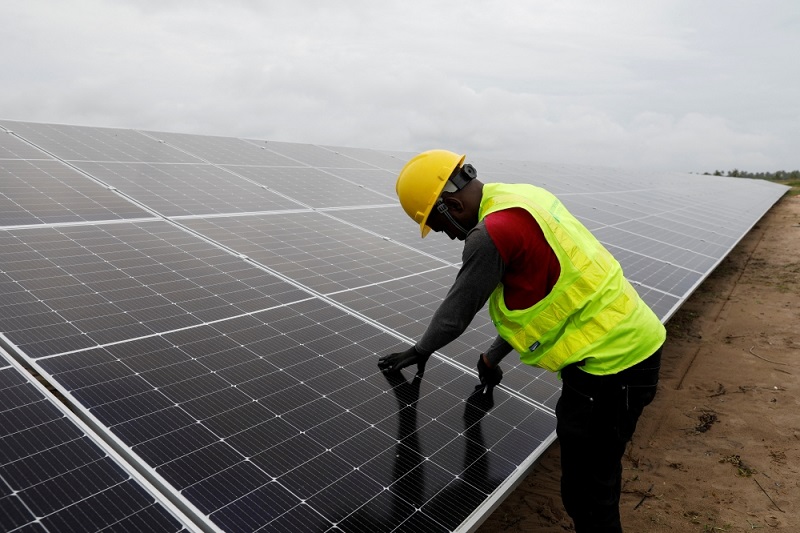Businesses in Africa’s largest oil producer, Nigeria, are turning to solar enterprises for mini-grids and equipment as diesel prices have risen due to rising global oil prices.
However, supply restrictions may hinder their capacity to profit from the trend, with some reporting that they have started to turn away consumers because they cannot satisfy demand.
A total of 12,500 MW of installed power capacity in Nigeria, Africa’s largest economy and home to more than 200 million people, is used by enterprises and civilians alike, as the country’s national grid can only supply 4,000 megawatts (MW) at peak times.
In the absence of government subsidies, the price of diesel has nearly tripled to 800 nairas ($1.93) per liter. The majority of this rise can be traced back to Russia’s invasion of Ukraine in April of this year.
It is estimated that Nigeria consumes $22 billion a year on fuel for generators, according to the Nigerian Energy Commission.
Solar power adoption is anticipated to be below 2%, and some businesses believe it is impractical for large-scale application, industry officials claimed.
Daystar Power Chief Commercial Officer, Victor Ezenwoko, made the statement, “There has been an increased growth in demand (for solar), I think really driven by the spike in diesel prices this year.”
To put that in perspective, the average installed photovoltaic solar panel in Nigeria is only 1 watts, whereas, in other rising economies like South Africa, the average is 8 watts. According to the CEO of Rensource Energy, Prince Ojeabulu, as energy costs rise, businesses are being forced to actively investigate solar as a clean source of energy.
“By the end of the year, going by the trend that we see so far, we should have 12 MW of solar installations operational across Nigeria, or even more,” he added. Rensource had less than one megawatt of solar panels deployed by 2021, but it is presently building six megawatts of new facilities.
Solar mini-grids allowed for industrial usage have increased this year, according to a Ministry of Power spokesman, who did not provide further information.
Optimism for development is being scuppered by supply chain interruptions caused by COVID-19 lockdowns in China this year and the ongoing conflict in Ukraine. Some equipment’s delivery periods have increased from three months to nine months.
There has been a lack of local financing, but money from international financial institutions is pouring in to support green energy enterprises.
According to Arnergy Solar’s Vice President of Strategy and Business Operations, Sinmi Akinsanmi, demand has been so high that the company has already completed more connections in the first half of 2022 than it did in the entire previous year.

